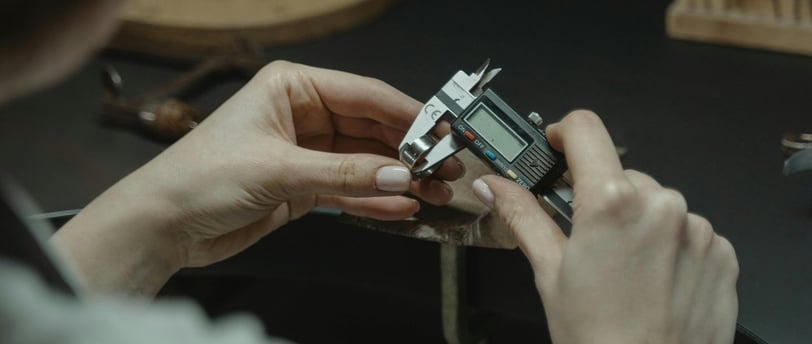Understanding CNC: How It Works, Its Uses, and Limitations
CNC, or Computer Numerical Control, is a manufacturing process that utilizes computer systems to control machine tools. This technology enables high-precision cutting, shaping, and creating complex parts with minimal manual intervention. CNC is widely used in various industries for its accuracy, efficiency, and ability to produce intricate designs.
CNC WORKS
3/6/20251 min read


How CNC Works
The CNC process follows a structured workflow to ensure precision and consistency in manufacturing. Here’s how it works:
Creating a Design – A 2D or 3D CAD (Computer-Aided Design) drawing is developed to represent the final product.
Translating the Drawing – The CAD file is converted into a language that CNC machines understand, typically known as G-code.
Writing G-Code – G-code contains specific instructions that guide the machine on movement, speed, depth of cuts, and tool changes.
Machine Execution – The CNC machine follows the G-code to carve out or cut the desired shape from the material.
Final Product – The finished component is inspected for precision and quality.
Uses of CNC Technology
CNC machines are versatile and have applications in various industries:
Machining Metal and Plastic Parts – CNC technology is commonly used in manufacturing precision parts from metals, plastics, and other materials.
Beyond Machine Tools – CNC systems also control non-machine tools like welding devices, electronic assembly machines, and filament-winding machines.
Industries Requiring High Precision – Sectors such as aerospace, medical devices, and automotive rely on CNC for their strict tolerance requirements and intricate component designs.
Custom Design Applications – CNC is widely used in interior design for creating custom wall panels, decorative mirrors, and unique wall décor elements.
CNC Machine Limitations
Despite its numerous benefits, CNC technology has some limitations:
High Initial Cost – CNC machines and software require a significant investment, making them expensive compared to traditional manufacturing methods.
Training Requirements – Operating CNC machines requires specialized training to understand programming, machine handling, and troubleshooting.
Material Limitations – Some materials may be difficult to machine using CNC, requiring additional processing or alternative methods.
Maintenance Needs – CNC machines require regular maintenance to ensure precision and prevent breakdowns.
Conclusion
CNC technology is revolutionizing modern manufacturing by offering precision, efficiency, and versatility. While it has some limitations, the benefits far outweigh the challenges, making it an essential tool for industries requiring high-quality and complex designs. Whether in aerospace, medical devices, or custom home décor, CNC machines continue to push the boundaries of innovation in manufacturing.
